Scientists say they have solved one of the biggest paradoxes in science first identified by Prof Stephen Hawking.
He highlighted that black holes beh.

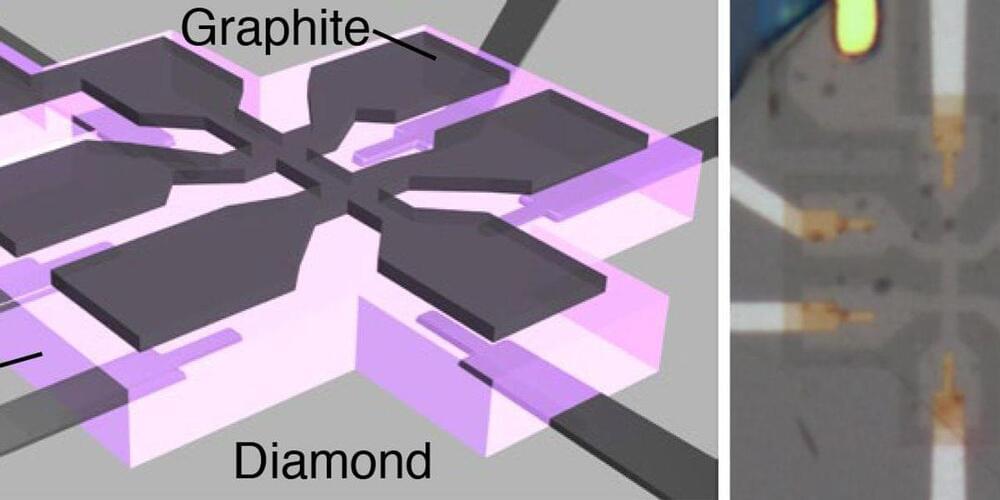
Researchers in Japan have developed a diamond FET with high hole mobility.
In the 1970s, Stephen Hawking found that an isolated black hole would emit radiation but only when considered quantum mechanics. This is known as black hole evaporation because the black hole shrinks. However, this led to the black hole information paradox.
If the black hole evaporates entirely, physical information would permanently disappear in a black hole. However, this violates a core precept of quantum physics: the information cannot vanish from the Universe.
A new study by an international quartet of physicists suggests that black holes are more complex than originally understood. They have a gravitational field that, at the quantum level, encodes information about how they were formed.
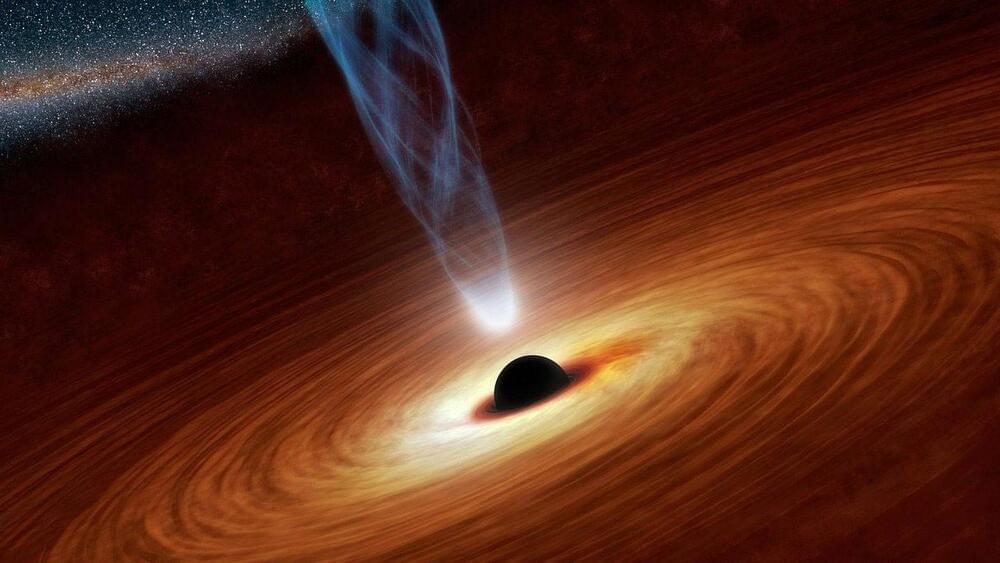
If the black hole evaporates entirely, physical information would permanently disappear in a black hole. However, this violates a core precept of quantum physics: the information cannot vanish from the Universe.
A new study by an international quartet of physicists suggests that black holes are more complex than originally understood. They have a gravitational field that, at the quantum level, encodes information about how they were formed.
The research team includes Professor Xavier Calmet from the University of Sussex School of Mathematical and Physical Sciences, Professor Roberto Casadio (INFN, University of Bologna), Professor Stephen Hsu (Michigan State University), along with Ph.D. student Folkert Kuipers (University of Sussex). Their study significantly improves understanding of black holes and resolves a problem that has confounded scientists for nearly half a century; the black hole information paradox.
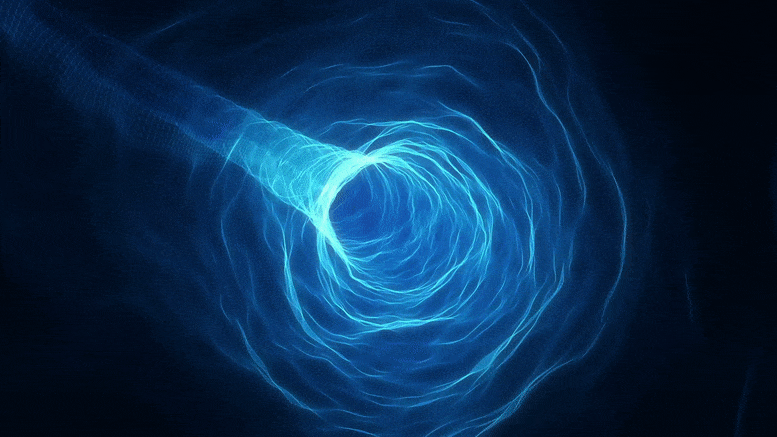
Albert Einstein’s theory of general relativity profoundly changed our thinking about fundamental concepts in physics, such as space and time. But it also left us with some deep mysteries. One was black holes, which were only unequivocally detected over the past few years. Another was “wormholes” – bridges connecting different points in spacetime, in theory providing shortcuts for space travellers.
Wormholes are still in the realm of the imagination. But some scientists think we will soon be able to find them, too. Over the past few months, several new studies have suggested intriguing ways forward.
Black holes and wormholes are special types of solutions to Einstein’s equations, arising when the structure of spacetime is strongly bent by gravity. For example, when matter is extremely dense, the fabric of spacetime can become so curved that not even light can escape. This is a black hole.
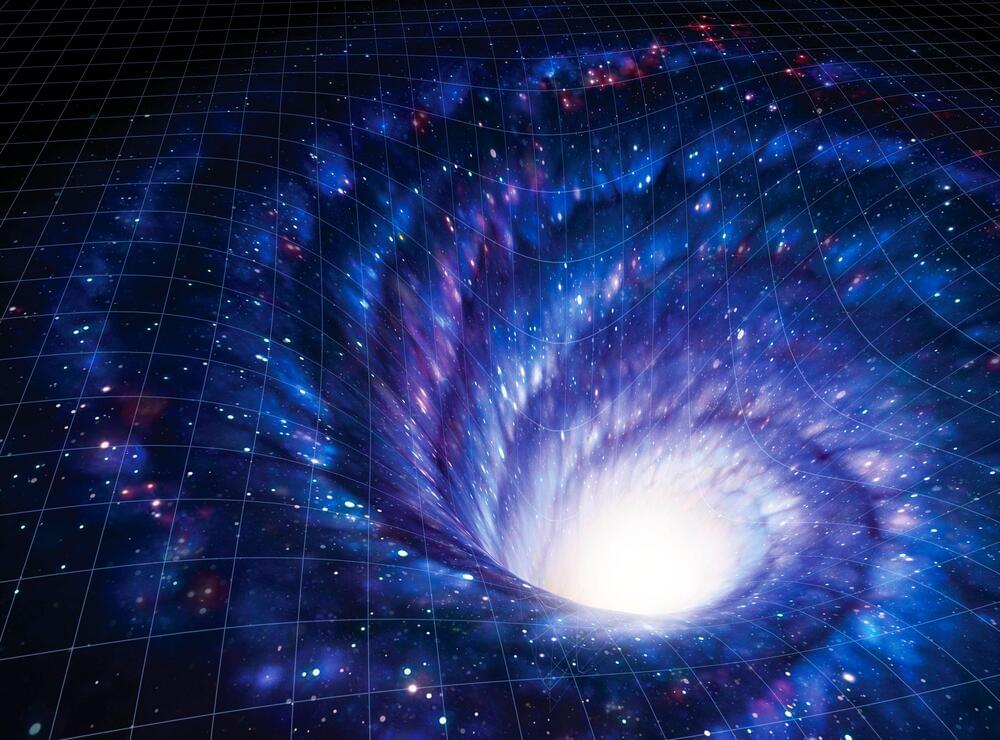
Stojkovic and Dai say that by monitoring the motions of stars on our side—such as S2, a known star orbiting about 17 light-hours from Sagittarius A*—we could look for tiny but perceptible accelerations caused by a wormhole’s presence. If telescopic observations of S2’s motion reach a precision of 0.000001 meter per second squared, the duo calculate such measurements could reveal the “imprint” of a star not much larger than our sun pulling on S2 from the wormhole’s far side.
If wormholes do exist, there is some question as to whether they link two points in our own universe or in two different parallel universes. For Dai and Stojkovic’s purposes, however, the difference is academic, because either scenario should produce similar detectable effects. Of course, finding a small acceleration that corresponded to a star on the other side would not be proof of the wormhole’s existence, perhaps instead hinting at unseen smaller black holes nearby, for example. But it might point in that direction. If no such acceleration were detected, given the expectation that a supermassive black hole orbited by stars would exist at a wormhole’s other side, then the presence of such a passageway in Sagittarius A* could be seemingly ruled out.
Cosimo Bambi of Fudan University in China, who was not involved in the paper, notes that a failure to find any anomalous motions could carry implications just as large as those for a success. But he cautions that any excitement about such measurements would be somewhat premature. “Of course, [this study] may be too optimistic,” he says. “But in principle, it’s possible. We cannot exclude [wormholes], right now, from current observations. Sometimes you discover something even if you don’t discover anything.”
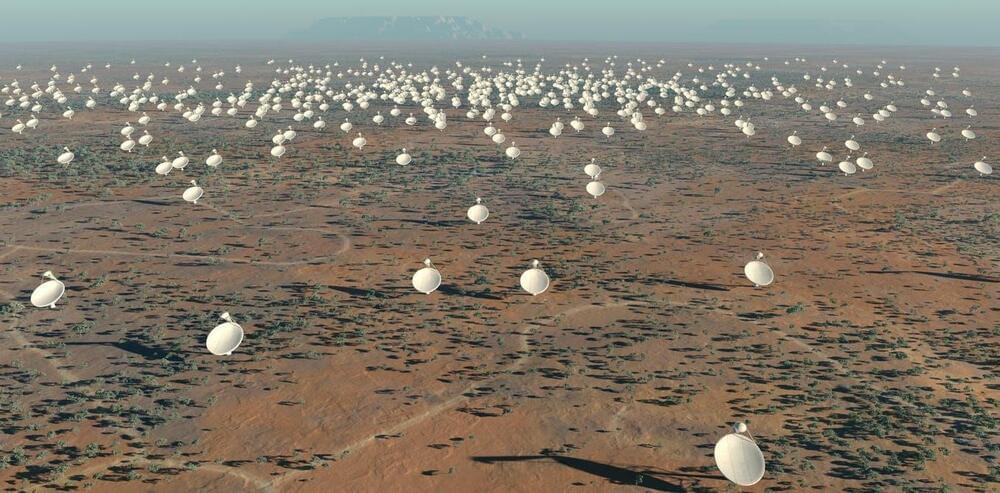
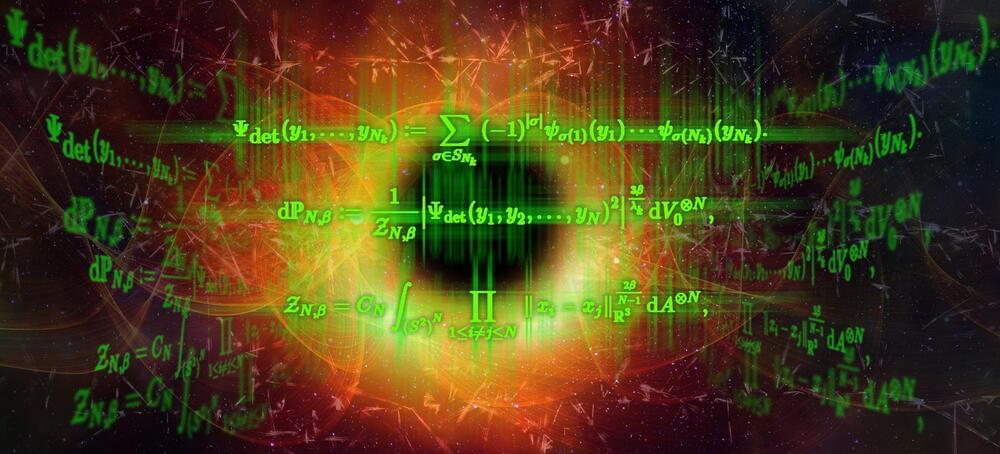
How can Einstein’s theory of gravity be unified with quantum mechanics? This is a challenge that could give us deep insights into phenomena such as black holes and the birth of the universe. Now, a new article in Nature Communications, written by researchers from Chalmers University of Technology, Sweden, and MIT, USA, presents results that cast new light on important challenges in understanding quantum gravity. Credit: Chalmers University of Technology / Yen Strandqvist.
How can Einstein’s theory of gravity be unified with quantum mechanics? It is a challenge that could give us deep insights into phenomena such as black holes and the birth of the universe. Now, a new article in Nature Communications, written by researchers from Chalmers University of Technology 0, Sweden, and MIT 0, USA, presents results that cast new light on important challenges in understanding quantum gravity.
A grand challenge in modern theoretical physics is to find a ‘unified theory’ that can describe all the laws of nature within a single framework – connecting Einstein’s general theory of relativity, which describes the universe on a large scale, and quantum mechanics, which describes our world at the atomic level. Such a theory of ‘quantum gravity’ would include both a macroscopic and microscopic description of nature.

Dude, what if everything around us was just … a hologram?
The thing is, it could be—and a University of Michigan physicist is using quantum computing and machine learning to better understand the idea, called holographic duality.
Holographic duality is a mathematical conjecture that connects theories of particles and their interactions with the theory of gravity. This conjecture suggests that the theory of gravity and the theory of particles are mathematically equivalent: what happens mathematically in the theory of gravity happens in the theory of particles, and vice versa.

We don’t wanna freak you out, but there’s a serious likelihood that dark matter could be in the room with you right now, and could even be passing through your body as you read this.
“Yeah, absolutely. It’s here,” Yeshiva University researcher Ed Belbruno told Futurism. “Where you’re sitting, you’re feeling, on some level which is beyond our senses… that force.”
It makes sense. Dark matter, which scientists have yet to observe or measure directly, is estimated to make up 95 percent of the universe. With a substance that prevalent, the likelihood that it’s made its way to Earth and into our homes and bodies seems high, right?

NASA’s newly-launched X-ray hunting probe has snapped its first science image and — wow — it’s spectacular.
The Imaging X-ray Polarimetry Explorer (IXPE) probe launched Dec. 9, 2021, on a mission to observe objects like black holes and neutron stars in X-ray light, shedding much-anticipated light on the inner workings of the cosmos. The probe spent its first month in space checking out its various systems to get ready to capture its first images, and now the IXPE team has released its very first science image.